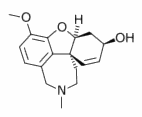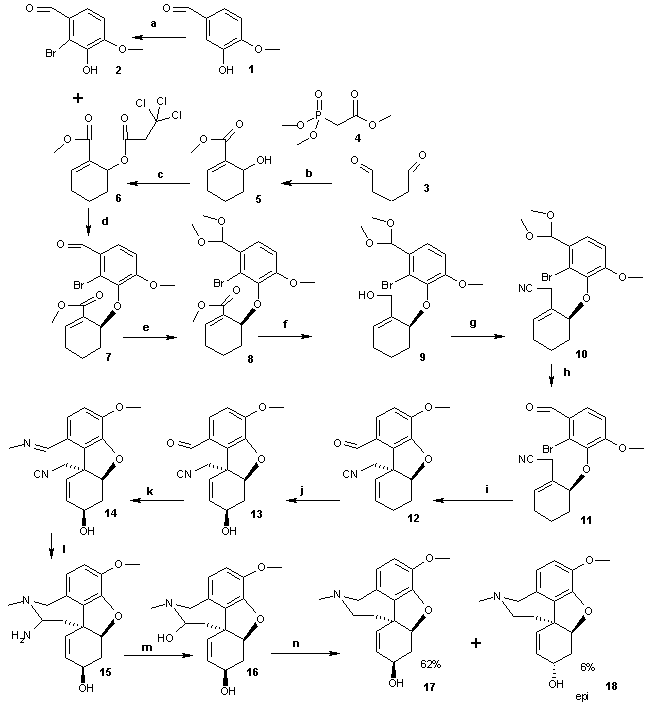Galantamine is an acetylcholinesterase inhibitor used for the treatment of Alzheimer's disease. Considerable emphasis has been placed on the study of cognitive abilities in response to dementia treatment. Functional assessment, however, also is important in determining whether and to what extent patients with dementia can perform activities of daily living (ADL). Galasko and colleagues examined the effect of galantamine on ADL in patients with dementia.
The analysis draws on a double-blind, placebo-controlled trial of galantamine, targeting outpatients with a history of cognitive decline. After a run-in period, patients were randomized to treatment with placebo or galantamine in increasingly higher dosages over the study period. Because the lowest dosage (8 mg per day) of galantamine was suboptimal, it was not included in the current analysis. The authors focused on 659 patients who completed the five-month trial of galantamine in a dosage of 16 or 24 mg per day or placebo. The primary outcome measure was performance on the AD Cooperative Study ADL Inventory. A subsidiary analysis focused on patients' ability to maintain independence in ADL. Three other inventories also were used, in part to stratify patients according to dementia severity.
Patients taking galantamine had better overall ADL scores than the placebo group at the end of the study period. Patients with more severe dementia at baseline had greater improvement with galantamine, whereas there were no statistically significant differences among groups in patients with milder dementia. All patients taking galantamine were able to maintain their level of ADL, whereas patients taking placebo declined from their baseline ADL. Galantamine had a beneficial effect on ADL and instrumental ADL.
Patients receiving galantamine were able to preserve independence in approximately one ADL over the five-month study compared with those receiving placebo. Patients receiving galantamine over five months were able to maintain or improve their ADL, whereas patients receiving placebo declined. Patients with severe dementia showed statistically significant differences in preservation of ADL, as opposed to the merely numerical differences that held for all cognitive levels. This greater benefit of galantamine in the severely demented can be explained by the fact that patients with more severe dementia tend to have more rapid declines than patients with mild disease. ADL are a useful measure of caregiver burden and loss of basic ADL predict institutionalization. ADL are likely to represent a different domain of skills than cognitive function, and may have greater real-world relevance.
Galasko D, et al. Galantamine maintains ability to perform activities of daily living in patients with Alzheimer's disease. J Am Geriatr Soc July 2004;52:1070-6.
COPYRIGHT 2005 American Academy of Family Physicians
COPYRIGHT 2005 Gale Group




